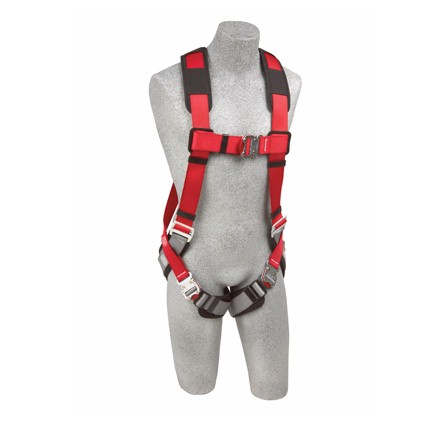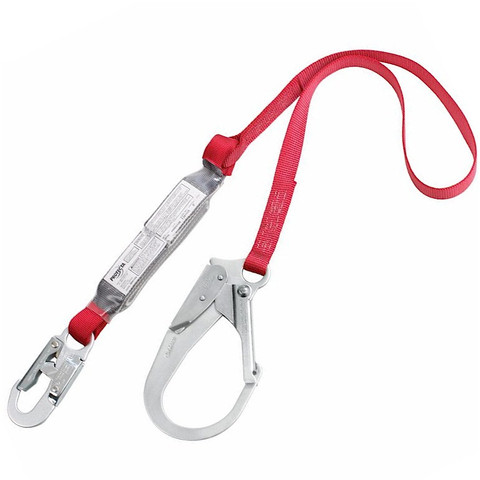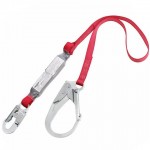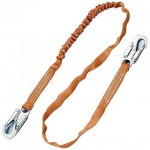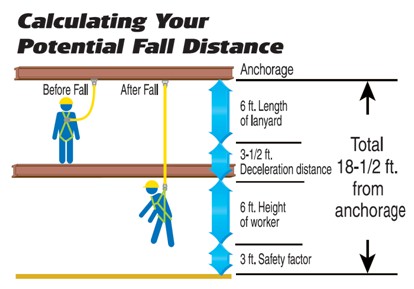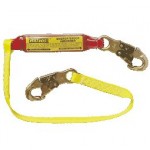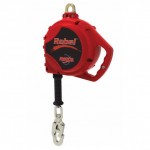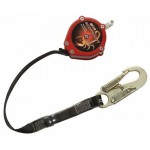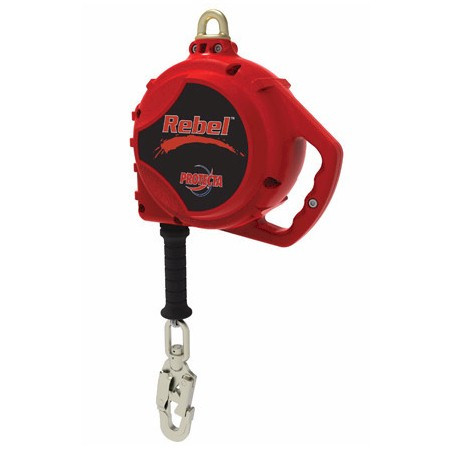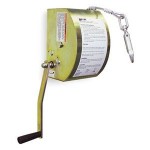Do fall protection harnesses and lanyards expire? Do they have to be replaced every 5 years? What is a typical harness and lanyard service life?
ANSI on Harness and Lanyard Service Life
ANSI A10.32-2012 does not specify a 5 year harness and lanyard service life. It states that “fall protection equipment shall be removed from service upon evidence of defects, damage or deterioration; once it has been subjected to impact loading; or upon expiration of the manufacturer’s specified service life, whichever comes first.”
DBI Sala and Miller on Harness and Lanyard Service Life
When it comes to manufacturers, Miller and DBI Sala, for example, are in agreement with each other.
DBI Sala states, “The current DBI/SALA policy on the life of products is totally dependent on the condition of the item and not the age.”
Miller states that they consider the ANSI standard as, “a general guideline that was not to be used in lieu of the inspection and maintenance criteria outlined in the instructions that accompany each unit.”
All require that inspection per the product’s manual is required before each use. If the inspection finds a defect, the product is to be removed from service and destroyed.
All agree that the final decision rests with the end user guided by the product’s manual. There is no such thing as a 5 year service life. However, it is possible that harness and lanyard service life will be much shorter if inspections are done properly.
Here are the Miller and DBI Sala technical bulletins on harness and lanyard service life.
All the pics are linked to products at Major Safety. There you can get additional info, purchase, or contact us with more questions. We are happy to help.
by Corby Amos

